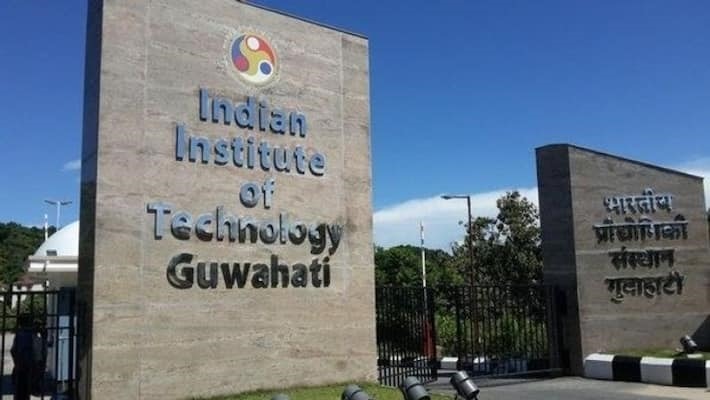
The Indian Institute of Technology Guwahati researchers have developed a new strategy to deliver chemotherapeutic drugs specifically to the cancerous cells in a patient’s body.
The developed approach would allow the development of drug carriers for chemotherapy with enhanced efficacy and negligible side effects.
The path-breaking results of this research have been published in prestigious journals of The Royal Society of Chemistry including ‘Chemical Communications’ and ‘Organic and Biomolecular Chemistry’.
The molecules developed by the IITG researchers self-assemble into capsule form to hold the drug, which then simply attaches to the cancer cells.
The research papers have been co-authored by Professor Debasis Manna, Department of Chemistry, IIT Guwahati, along with his research scholars Subhasis Dey, Anjali Patel and Biswa Mohan Prusty.
The anticancer activities were carried out in collaboration with Professors Siddhartha Sankar Ghosh and Plaboni Sen from IIT Guwahati and Professors Arindam Bhattacharya and Soumya Chatterjee from University of Calcutta.
A part of the ongoing research was recently highlighted on the cover page of Chemical Communications.
The problem with existing chemotherapy drugs is that they kill healthy cells in the body in addition to cancer cells, causing many undesirable side effects. In fact, it is believed that cancer deaths are as much due to the side effects of chemotherapy as from the disease itself. Research is being conducted around the world to address the drawbacks of secondary toxicity of chemotherapy drugs. Some of the strategies being explored include target-On-demand delivery of drugs and appropriate drug doses to cancer cells, tissues,” said an official statement from IIT Guwahati.
IIT Guwahati Reasearch:
The molecule developed by the research team has four special characteristics:
- The first is the molecules assemble in water to form hollow spherical spheres. These spheres, which are ten million meters in size, can be used as a small container for a drug molecule.
- The second is that the molecule contains a portion (the acetazolamide ligand) that binds specifically to cancer cells and not to normal cells.
- Third characteristic of the molecule is that it possesses a photo cleavable linker that is responsive to infrared light and breaks the shell when exposed to IR.
- The molecule also contains a dye moiety (cyanine-3) that is also useful for both fluorescence and scattering-based imaging to visually monitor the entire process.
The molecules developed by the IITG researchers self-assemble into capsule form to hold the drug, which then simply attaches to the cancer cells. When infrared light is shined on it, the shell breaks down and releases the encapsulated drug into the cancer cell. “The scientists at IITG believe that their approach will allow the development of drug carriers for chemotherapy with increased efficacy and negligible side effects,” the statement said.
The researchers believe that target-specific, light-responsive, self-imaging macrocyclic lipids such as the ones they have developed could help in image-guided chemotherapeutic applications. Following the development of the targeted IR (Light)-triggered drug release system, researchers at IIT Guwahati are preparing to perform in vivo studies to take this understanding closer to drug development,” said further in a statement.
The societal impacts of this work cannot be overstated. Given that the number of cancer patients in India is anticipated to be 30 million by 2025, the development of effective chemotherapeutic drugs and delivery systems is critical. The researchers believe that the development of target-specific, light-responsive, self-imaging macrocyclic lipids such as those they’ve developed could help in image-guided chemotherapeutic applications.
Describing his research, Professor Manna said, “We have two requirements in the development of chemotherapy drugs – the drug should be targeted on the cancer cells, whenever needed, the drug should be released by an external trigger.”
Following the development of the targeted IR (light)-trigger drug release system, the IIT Guwahati researchers are preparing to perform in vivo studies to take this understanding closer to drug development.



